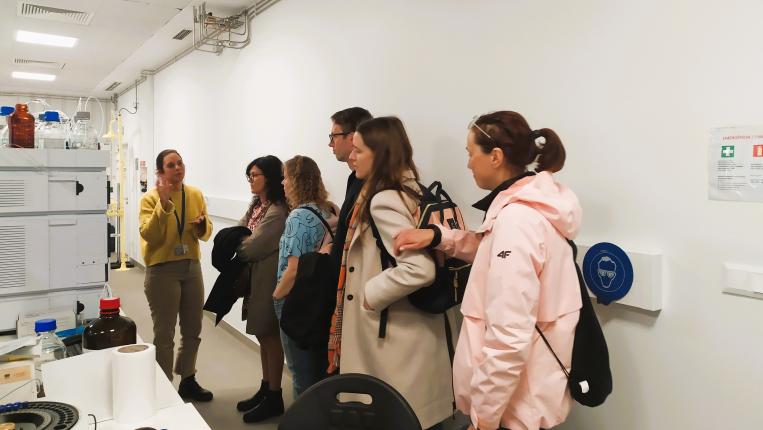Objectives and competences
Teaching objectives:
- To understand the concept and scope of epidemiology;
- To understand the relevance of epidemiology to address and analyse health problems;
- To identify the different study designs in epidemiology, discussing their advantages and limitations;
- To know the different epidemiological measures and calculate them, considering different studies design;
- To detect different sources of error in epidemiological studies and to identify the most appropriate strategies to deal with them.
Expected outcomes:
- To understand and interpret epidemiological research and to apply its results to the Health Sciences practice;
- To critically analyse a scientific paper, transposing the evidence to professional practice;
- To apply knowledge and skills learned to approach an epidemiological issue, conducting studies that adequately address the problem.
Teaching Methodologies
This Curricular Unit consists of lectures, practice classes and tutorials, enabling the use of various teaching-learning methods: expository, demonstrative and interrogative.
In the different classes, concepts are presented and then applied through exercises resolution and discussion in the practice classes, for better assimilation of the concepts throughout the semester.
The Unit also includes a critical analysis of a scientific paper, identifying the different epidemiological concepts, and the design of a research and its implementation. Thus, the specificities of the design instruments for data collection and the implementation of the study are also discussed in real context.
Syllabus
Lectures will address the following themes:
Epidemiology: history and concepts. Health measurements: frequency, association and impact measures. Epidemiological study designs. Systematic-review and meta-analysis. Bias, confounding and interaction; causal inference. Sensitivity, specificity and predictive values. Validity and reproducibility. Epidemiology of cardiovascular diseases. Life-course epidemiology.
In practice classes, students will have the opportunity to apply the concepts learned to the exercises resolution:
- To quantify the health of populations: frequency, association and impact measures.
- To identify the design of different epidemiological studies.
- To evaluate the existence of confounding and interaction.
- To calculate the sensitivity, specificity and predictive values.
- To critically read and interpret scientific papers.
Within the tutorial classes, students are supervised in the development of an epidemiological investigation.




